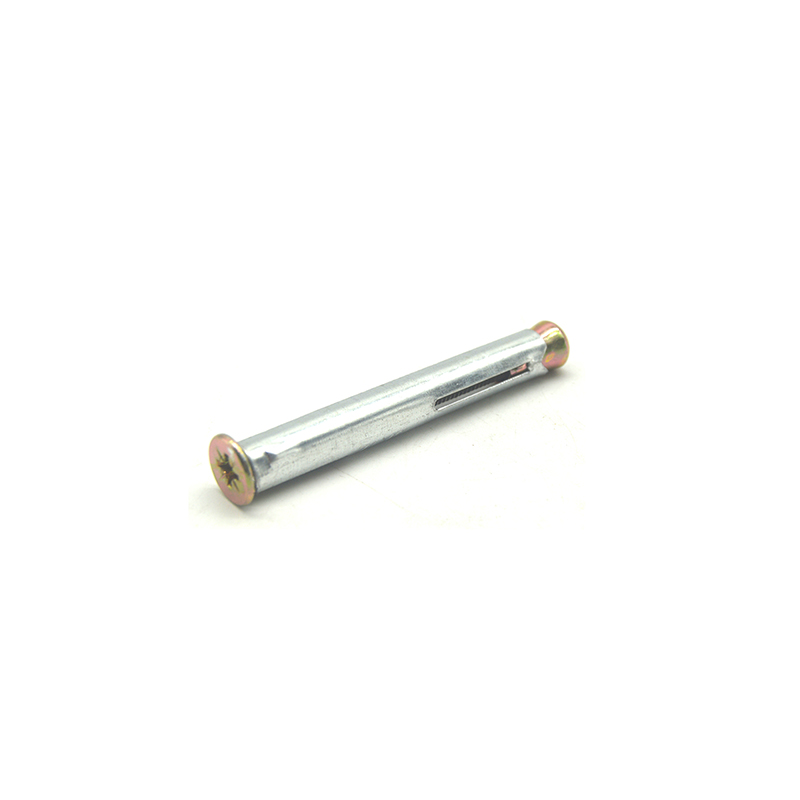- English
- Chinese
- French
- German
- Portuguese
- Spanish
- Russian
- Japanese
- Korean
- Arabic
- Irish
- Greek
- Turkish
- Italian
- Danish
- Romanian
- Indonesian
- Czech
- Afrikaans
- Swedish
- Polish
- Basque
- Catalan
- Esperanto
- Hindi
- Lao
- Albanian
- Amharic
- Armenian
- Azerbaijani
- Belarusian
- Bengali
- Bosnian
- Bulgarian
- Cebuano
- Corsican
- Croatian
- Dutch
- Estonian
- Filipino
- Finnish
- Frisian
- Galician
- Georgian
- Gujarati
- Haitian
- Hausa
- Hawaiian
- Hebrew
- Hmong
- Hungarian
- Icelandic
- Igbo
- Javanese
- Kannada
- Kazakh
- Khmer
- Kurdish
- Kyrgyz
- Latin
- Latvian
- Lithuanian
- Luxembou..
- Macedonian
- Malagasy
- Malay
- Malayalam
- Maltese
- Maori
- Marathi
- Mongolian
- Burmese
- Nepali
- Norwegian
- Pashto
- Persian
- Punjabi
- Serbian
- Sesotho
- Sinhala
- Slovak
- Slovenian
- Somali
- Samoan
- Scots Gaelic
- Shona
- Sindhi
- Sundanese
- Swahili
- Tajik
- Tamil
- Telugu
- Thai
- Ukrainian
- Urdu
- Uzbek
- Vietnamese
- Welsh
- Xhosa
- Yiddish
- Yoruba
- Zulu
- Kinyarwanda
- Tatar
- Oriya
- Turkmen
- Uyghur

zitsulo zofolerera zomangira zokha
Kumvetsetsa Metal Roofing Self Tapping Screws
M'dziko la denga, makamaka pochita ndi zitsulo zazitsulo, kufunika kogwiritsa ntchito zomangira zoyenera sikungatheke. Ambiri amaganiza kuti zowononga zilizonse zingachite, koma izi siziri zoona. Tiyeni tidziwe chifukwa chake zomangira zomata ndikusinthira masewera komanso zomwe muyenera kukumbukira mukamagwira nazo ntchito.
Kufunika Kosankha Skrilu Yoyenera
Mukayika mapanelo azitsulo, cholumikizira chomwe mwasankha chimatha kukhudza moyo wautali komanso magwiridwe antchito a denga. Lingaliro lolakwika ndilakuti screw ndi screw, koma zambiri zimakwera pazinthu monga kukana dzimbiri, mphamvu, komanso kukopa kokongola. Zomangira pawokha ndizofunika kwambiri chifukwa chakutha kuboola bwino ndikutchinjiriza zitsulo popanda kubowola kale, chithandizo chachikulu kwa makontrakitala onse ndi okonda DIY.
Vuto lenileni padziko lapansi lomwe nthawi zambiri limakumana ndi dzimbiri pakapita nthawi. Kugwiritsa ntchito zomangira za subpar kumatha kupangitsa madenga kukhala dzimbiri komanso kutayikira. Kusankha zomangira zokhala ndi zokutira zabwino kumatha kuchepetsa mavutowa. Makamaka, zopangidwa kuchokera ku Handan Shengtong Fastener Manufacturing Co., Ltd. zimadziwika ndi mapangidwe ake olimba komanso zokutira zogwira mtima.
Kwa iwo osazolowera, zomangira zodzicheka zokha zimadula bwino ulusi wawo muzinthu zomwe amalowetsedwamo, zomwe zimawapangitsa kukhala abwino pazigawo zopyapyala ngati denga lachitsulo. Njirayi, ngakhale ikuwoneka yowongoka, imatha kukhala yosiyana. Samalani ndi kalembedwe ka pobowola komanso kapangidwe ka ulusi, chifukwa izi zimakhudza magwiridwe antchito a screw point.
Mavuto Ogwiritsa Ntchito Zosefera Zodziwombera
Kugwira ntchito ndi denga lachitsulo nthawi zambiri kumabweretsa mavuto. Kukula ndi kupindika kwachitsulo kungapangitse zomangira kumasuka pakapita nthawi. Kuyang'anira wamba sikuyang'ana ma torque. Kulimbitsa kwambiri kumatha kuwononga mapanelo, pomwe kulimbitsa pang'ono kumatha kuchepetsa mphamvu yogwira. Ndikuchita bwino komwe kumakhala kosavuta pochita.
Vuto lina ndikulumikiza zomangira bwino. Izi ndizofunikira kuti chisindikizo chikhale chopanda madzi. Ndawonapo mapulojekiti omwe kusalinganizidwa bwino kunayambitsa kutayikira, kulakwitsa kokwera mtengo pantchito ndi zida. Malangizo ochokera kwa opanga kapena okwera denga odziwa zambiri angakhale amtengo wapatali. Handan Shengtong Fastener Manufacturing Co., Ltd., mwachitsanzo, amapereka chithandizo chokwanira kudzera patsamba lawo, shengtongfastener.com.
Mfundo yothandiza apa nthawi zonse ndikuyesa screw mu chidutswa chachitsanzo. Onani momwe zimakhalira musanazipereke kwa mazana. Opanga nthawi zambiri amalimbikitsa zida zapadera zogwiritsira ntchito ndi zomangira kuti zitsimikizire kuyika koyenera.
Zinthu Zomwe Zimapangitsa Kusankha kwa Screw
Pali zambiri pakusankha koyenera zitsulo zofolerera zomangira zokha kuposa kukula chabe. Mikhalidwe ya chilengedwe, mtundu wa denga lachitsulo, ndi kukonza kwa nthawi yaitali zonse zimagwira ntchito. Mwachitsanzo, m'madera a m'mphepete mwa nyanja, zokutira zokometsera zosagwirizana ndi dzimbiri ndizofunikira chifukwa chakukhala ndi mchere.
Zomangamanga ndizofunikanso. Chitsulo chosapanga dzimbiri kapena chitsulo chosapanga dzimbiri cha kaboni ndi zosankha zofala. Ganizirani momwe denga lanu lidzakhalire, chifukwa izi zimapanga zipangizo zoyenera ndi zokutira. Kufunsana ndi othandizira ngati Handan Shengtong kungathandize kusintha njira yosankhidwa malinga ndi zosowa zanu.
Mtengo nthawi zambiri umakhala wokwanira. Kukwera mtengo koyambirira kungalepheretse ena, koma zomangira zabwinoko zimatha kupulumutsa ndalama mwa kuchepetsa zofunika kukonza ndikuwonjezera moyo wa denga.
Kukhazikitsa Njira Zabwino Kwambiri
Kupatula kusankha screw yoyenera, kukhazikitsanso ndikofunikira. Kuyika zomangira moyenera m'nthiti zapanja kumatha kusokoneza kukhulupirika kwa denga komanso kuthekera kwake kogwira zinthu monga mphepo ndi mvula.
Gwiritsani ntchito madalaivala abwino ndi kusasunthika komwe kumatsimikizira kugwiritsa ntchito torque mosasinthasintha. Gwirani screw perpendicular kwa gulu ndipo pewani kulola dalaivala kutsetsereka, zomwe zitha kuwononga zonse wononga mutu ndi gulu.
Nthawi zambiri pa malo, ndimatsindika kufunika kwa zida zotetezera. Ntchito zofolerera zitsulo zimaphatikizapo kukhudzana ndi zinthu ndi kutalika. Magolovesi ayenera kuvala kuti apewe mabala, ndipo nsapato zosasunthika ndizofunikira kuti pakhale bata.
Misampha Yodziwika ndi Mmene Mungapewere
Kwa zaka zambiri, ndawonapo misampha ina ikugwera mu: kusankha kosayenera kwa screwutali komwe kumatuluka ndikuyambitsa kutayikira kapena kulephera kutetezedwa. Nthawi zonse fananizani kutalika kwa screw ndi makulidwe azinthu.
Cholakwika china chofala ndikuchepetsa kusuntha kwamafuta. Gwiritsani ntchito kusinthasintha kwa zomangira za mapanelo kuti muthe kukulitsa popanda kusokoneza kukhazikika kwa denga.
Pomaliza, kusaganizira za malo oyika pambuyo pake kungayambitse zodabwitsa pamsewu. Siyani zomangira zina kapena funsani wofalitsa wanu, kuwonetsetsa kuti zolowa m'malo zimagwirizana ndendende ngati zosintha zamtsogolo zikufunika.
Zogwirizana mankhwala
Zogwirizana nazo




















